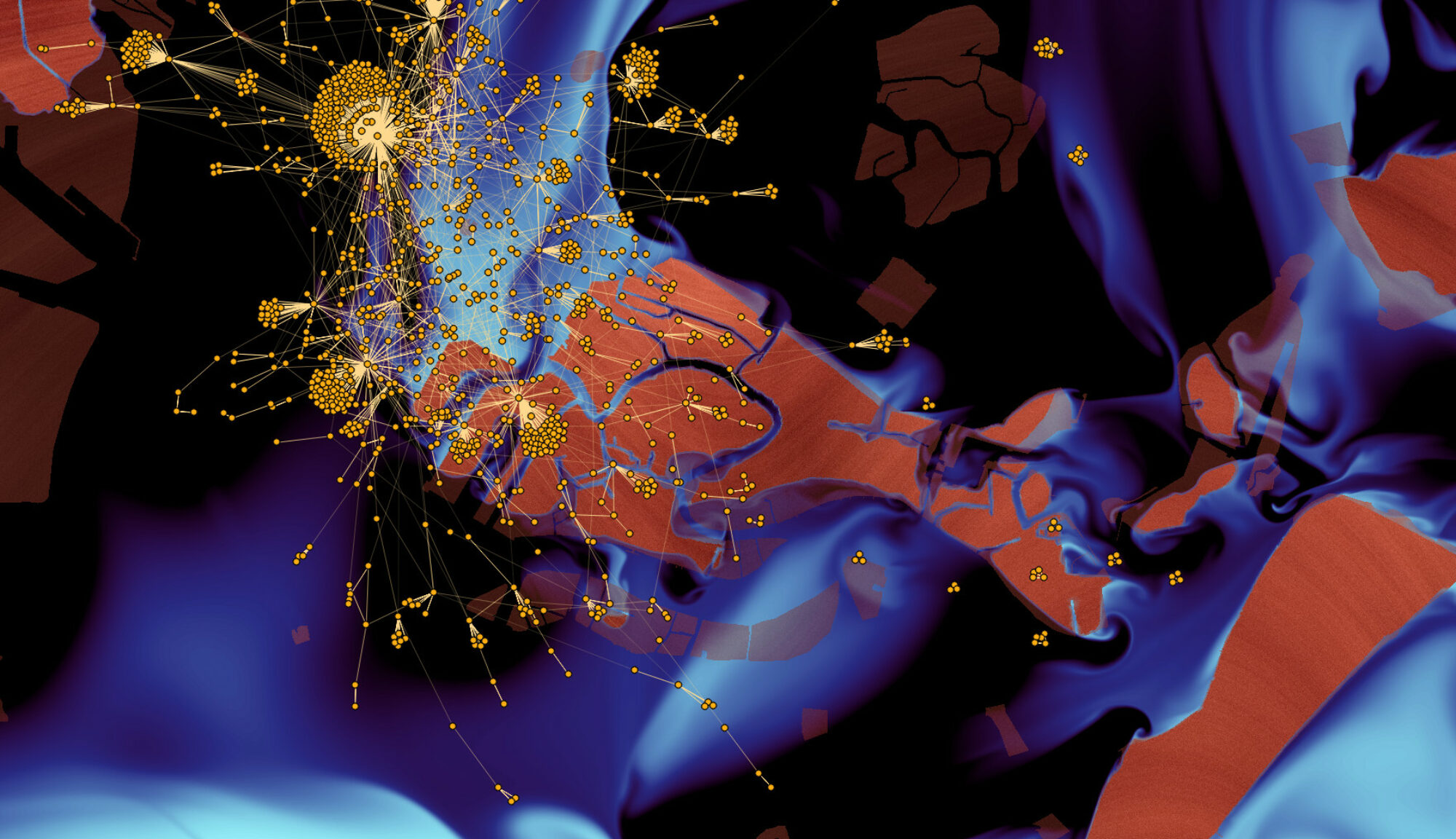James Abello and François Queyroi
Social Network Analysis and Mining, Springer, 2014, 4 (1), pp.191
Degree peeling is used to study complex networks. It is a decomposition of the network into vertex groups of increasing minimum degree. However, the peeling value of a vertex is non-local in this context since it relies on the number of connections the vertex has to groups above it. We explore a different way to decompose a network into edge layers such that the local peeling value of the vertices on each layer does not depend on their non-local connections with the other layers. This corresponds to the decomposition of a graph into subgraphs that are invariant with respect to degree peeling, i.e. they are fixed points. We introduce a general method to partition the edges of an arbitrary graph into fixed points of degree peeling, called the iterative-edge-core decomposition. Information from this decomposition is used to formulate a novel notion of vertex diversity based on Shannon’s entropy. We illustrate the usefulness of this decomposition on a variety of social networks including weighted graphs. Our method can be used as a preprocessing step for community detection and graph visualization.
